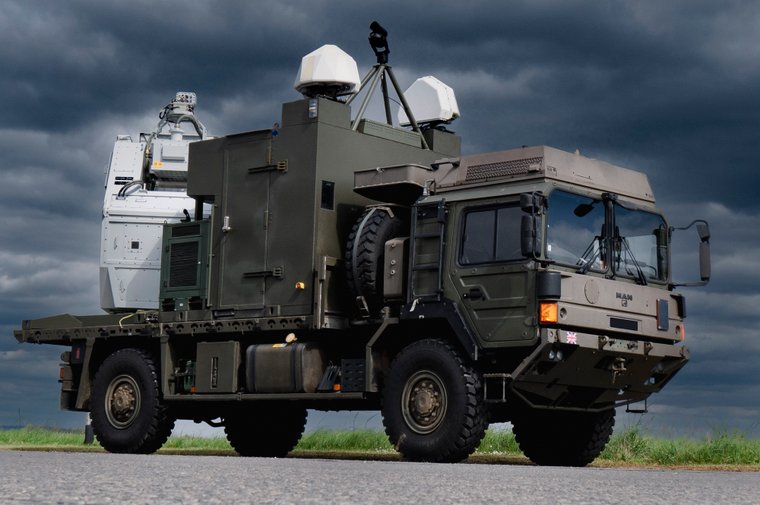British Army defeats swarm with Thales radio frequency anti-drone system
Details
More Products & Services
Products & Services
Defence Insight
Shephard Media
Some of the things people like you use Defence Insight for:
- Total addressable market sizing ($)
- Competitor analysis
- Cost analysis
- Market forecasting
- Growth identification
- Increasing closing ratio
- Increasing closing order value
- Estimating product potential
- Calculating sales forecasting
- Supply and demand analysis
- Total addressable market sizing ($)
- Competitor analysis
- Cost analysis
- Market forecasting
- Growth identification
- Increasing closing ratio
- Increasing closing order value
- Estimating product potential
- Calculating sales forecasting
- Supply and demand analysis
Military Unmanned Systems Handbook
Shephard Media
The Military Unmanned Systems Handbook (Digital Download) is an international guide to the military UV industry and provides detailed information on air, ground and sea (surface & sub-sea) vehicles as well as subsystems. What's included: Unencrypted 390+ page PDF of equipment and supplier information Market summary
Shephard Plus Update
Shephard Media
Shephard Plus is updating in June 2018 with rich new capabilities, and is now one of the most cost-effective and valuable aerospace and defence market intell...
Description
The Thales radio frequency directed energy weapon (RFDEW) demonstrator has successfully tracked and immobilised more than 100 uncrewed aerial vehicles (UAVs) in a series of trials conducted by the British Army's 106 Regiment Royal Artillery.
RFDEW uses high frequency radio waves to disrupt or damage critical electronic components inside UAVs, causing them to crash or malfunction. It is designed to provide a low-cost complement to traditional missile-based air defence systems.
The system can defeat airborne targets at ranges of up to 1km and are effective against threats which cannot be jammed using electronic warfare.
It is being developed under Project
RFDEW uses high frequency radio waves to disrupt or damage critical electronic components inside UAVs, causing them to crash or malfunction. It is designed to provide a low-cost complement to traditional missile-based air defence systems.
The system can defeat airborne targets at ranges of up to 1km and are effective against threats which cannot be jammed using electronic warfare.
It is being developed under Project

Share
Recent Chats
Share via email
Future: handle WhatsApp here
Future: handle LinkedIn here
Future: handle Twitter here
SUBMENU HERE
Share via Chat
Copy Link



